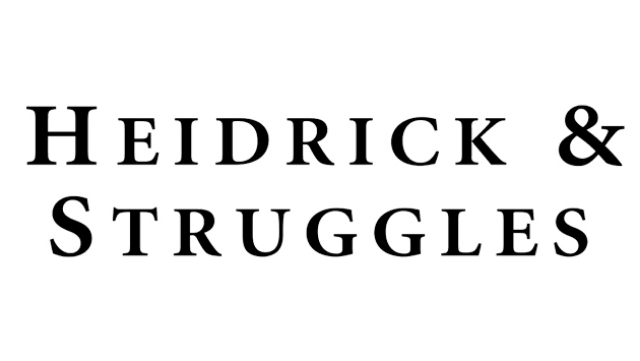Executives are facing unprecedented pressure in today’s business landscape, not least of all when it comes to talent
By 2030, up to 375 million people globally may need to change roles and update their skills because of automation, threatening productivity and innovation requiring strong organizational effectiveness
by Alice Breeden, TA Mitchell and Becky Hogan for Heidrick & Struggles
Digital disruption is upending every industry, increasing the need for new business and organizational models. And next-generation leaders must be willing to adapt by adopting new capabilities and revised roles.
Of course, when it comes to being up to the challenge, not all organizations are created equal. Big-box behemoth Walmart, for example, has successfully evolved from a brick-and-mortar retailer into an e-commerce juggernaut. One-time industry icon Blockbuster, on the other hand, went from earning nearly $6 billion in revenue to declaring bankruptcy in less than a decade.
So what separates today’s high-performing organizations from those unable to keep pace with the new demands of leadership and organizational effectiveness?
Heidrick & Struggles research has identified 13 factors that enable organizations to consistently outperform their competitors.2 Ranging from resilience to adaptability, these variables can have a sizable effect on profitability and growth by allowing companies to mobilize, execute, and transform with agility—what we call “META” (see sidebar, “META defined”). Indeed, our research shows that the high-accelerating teams we analyzed had, on average, a 22.8% higher economic impact than other senior teams, while the performance ratings of high-accelerating organizations were twice as high as those of their low-accelerating peers.

